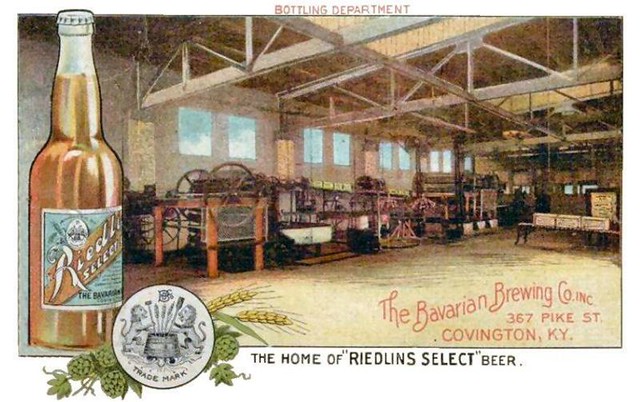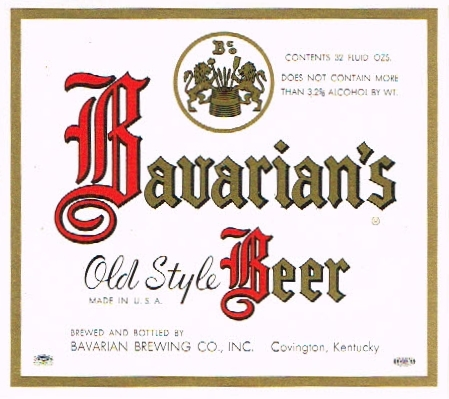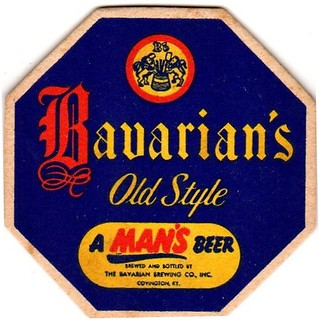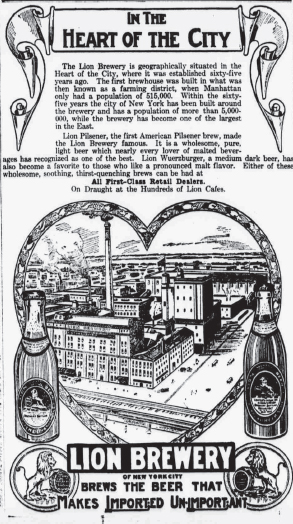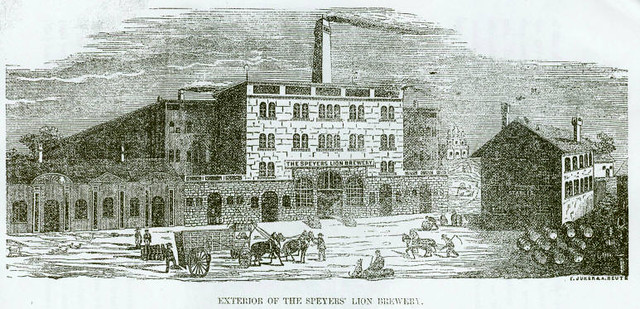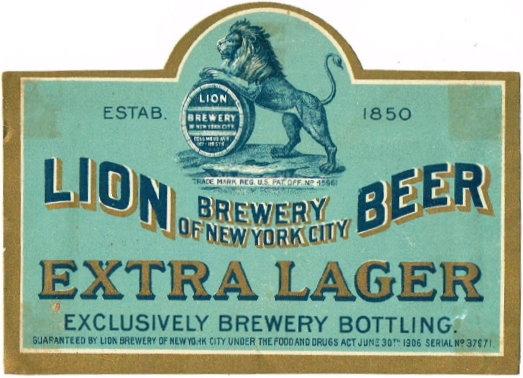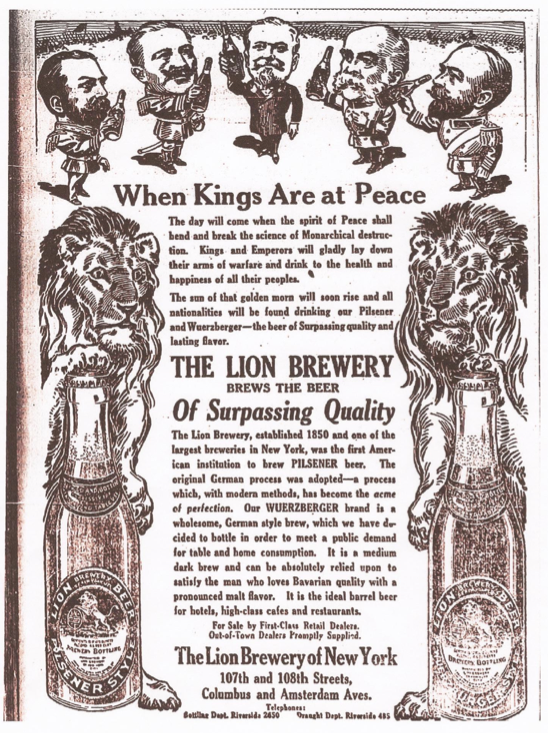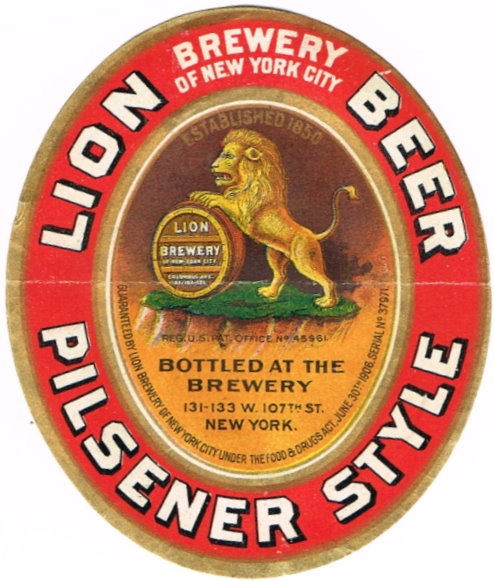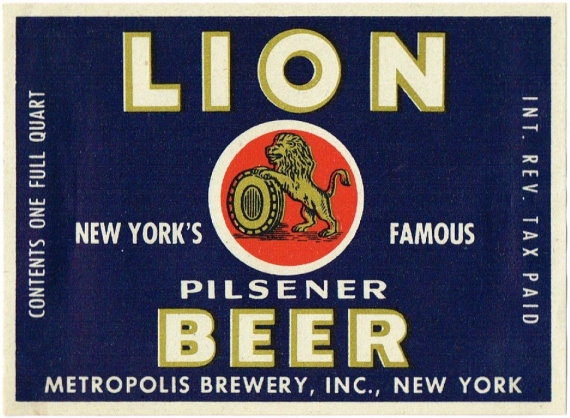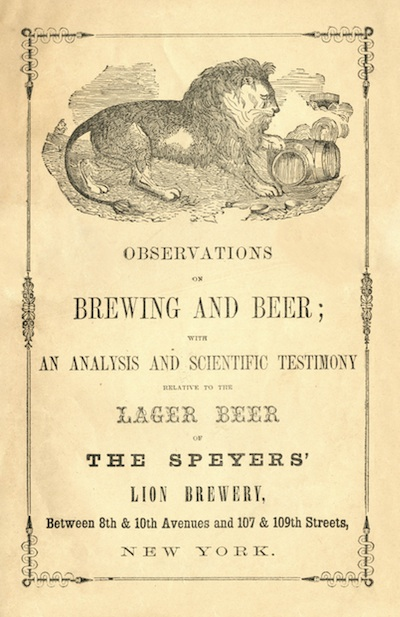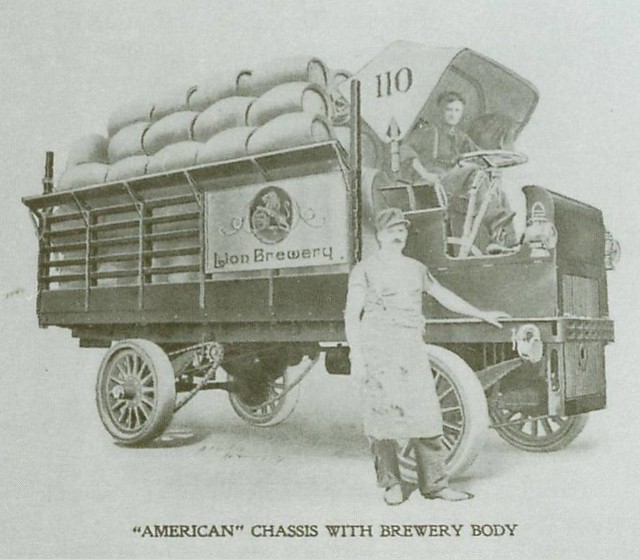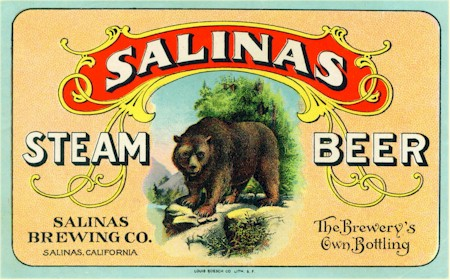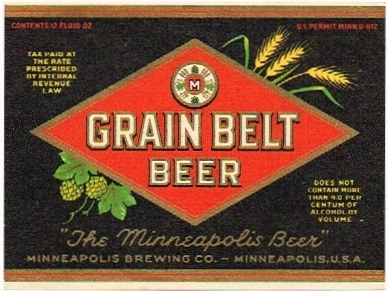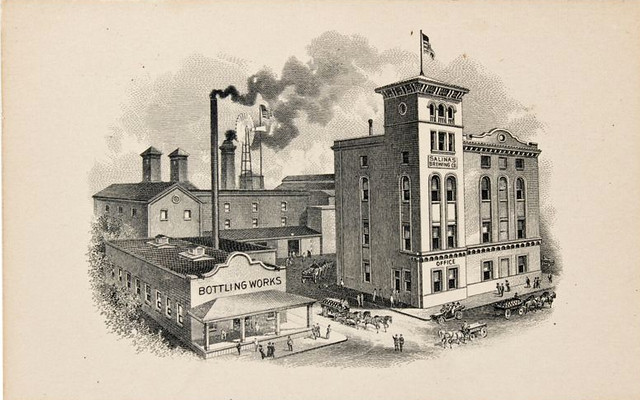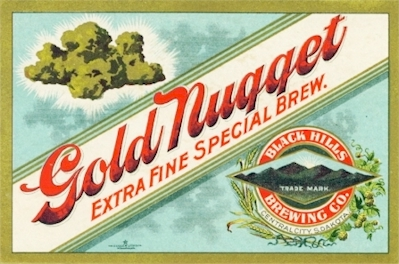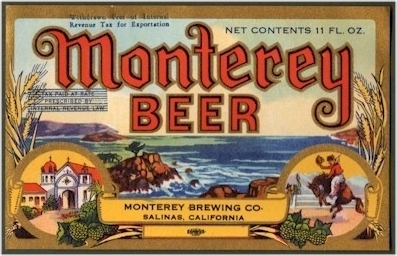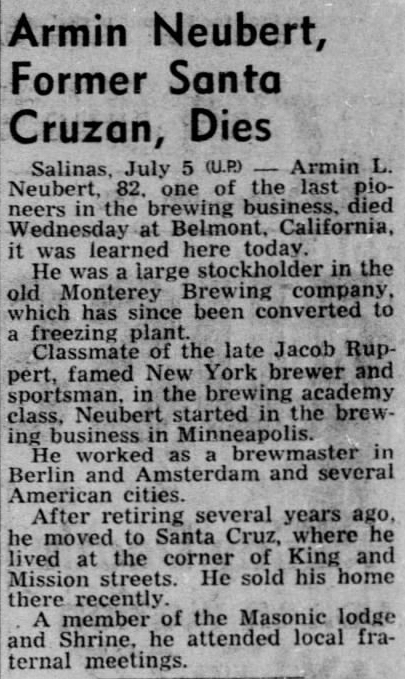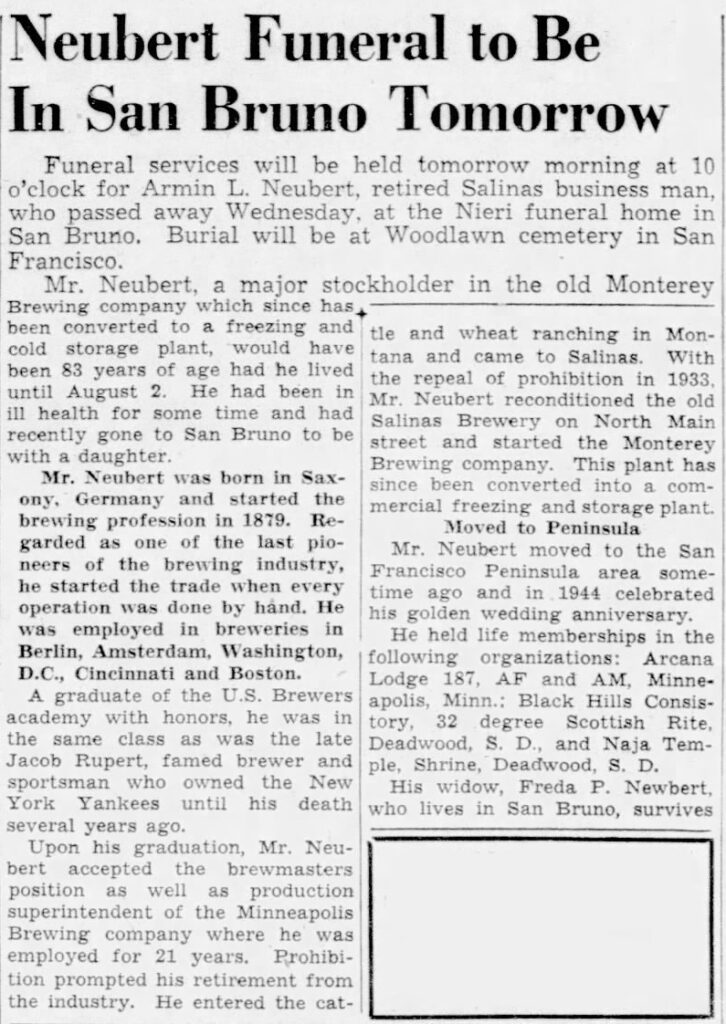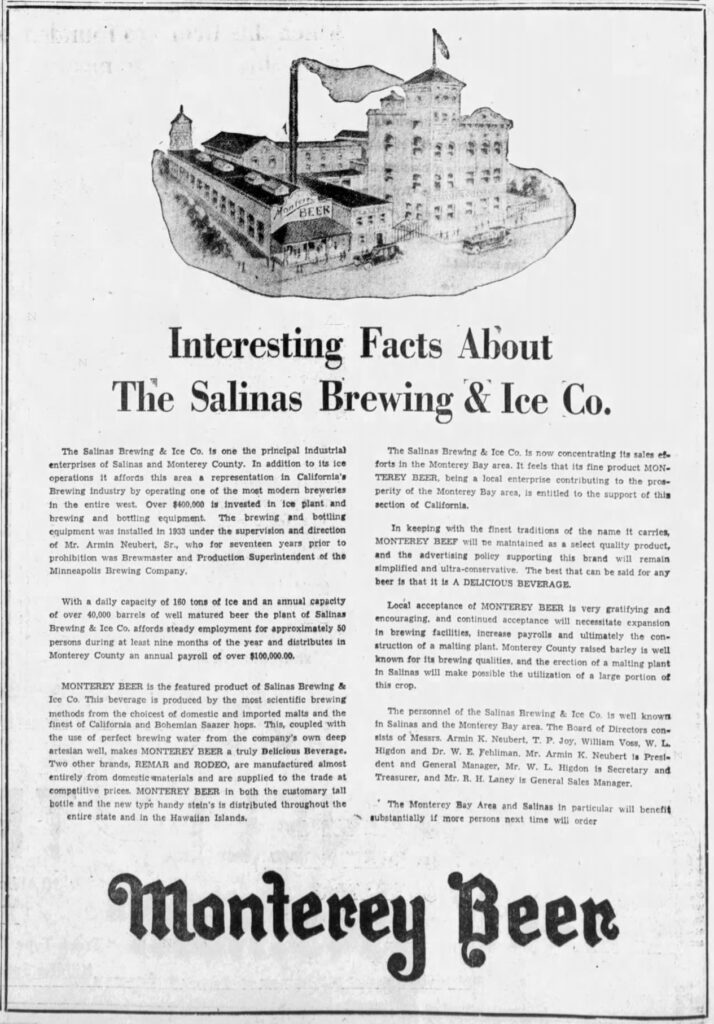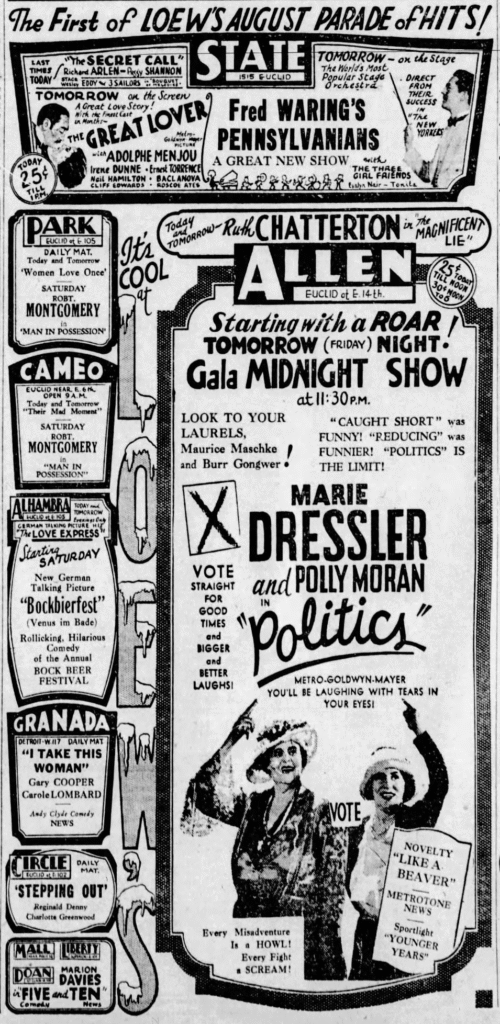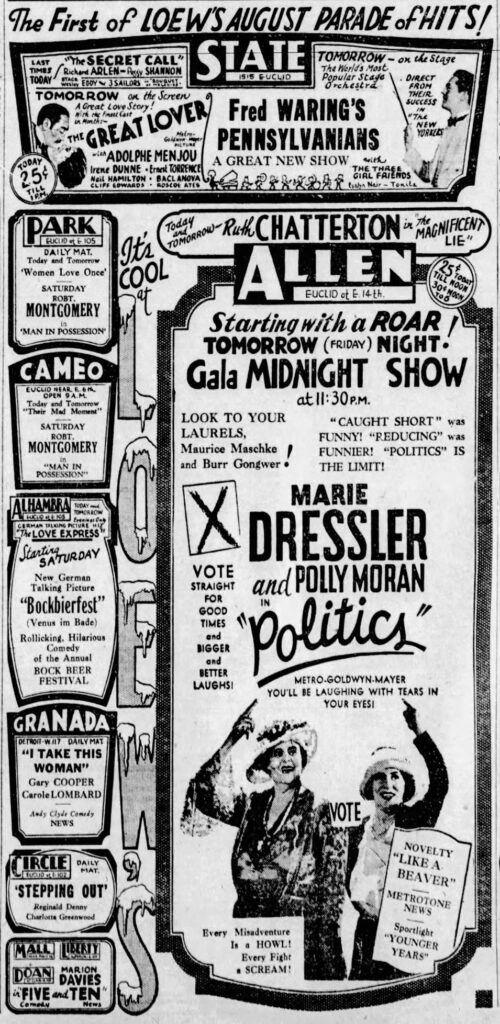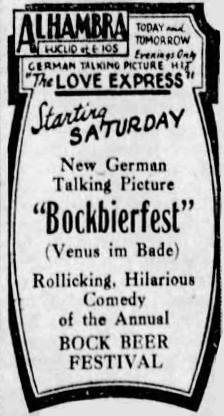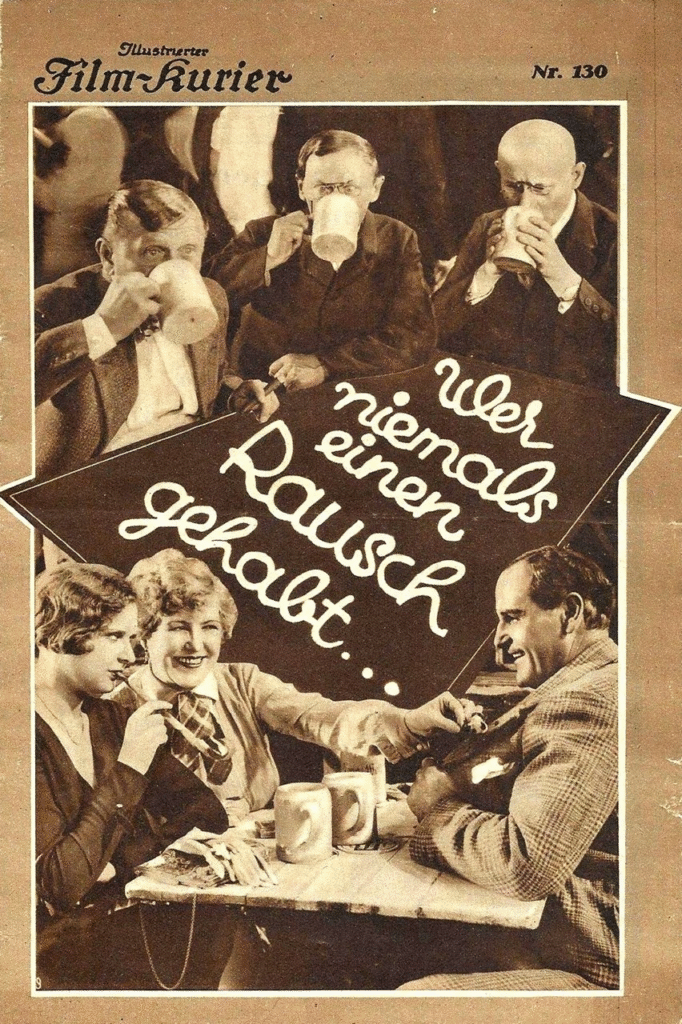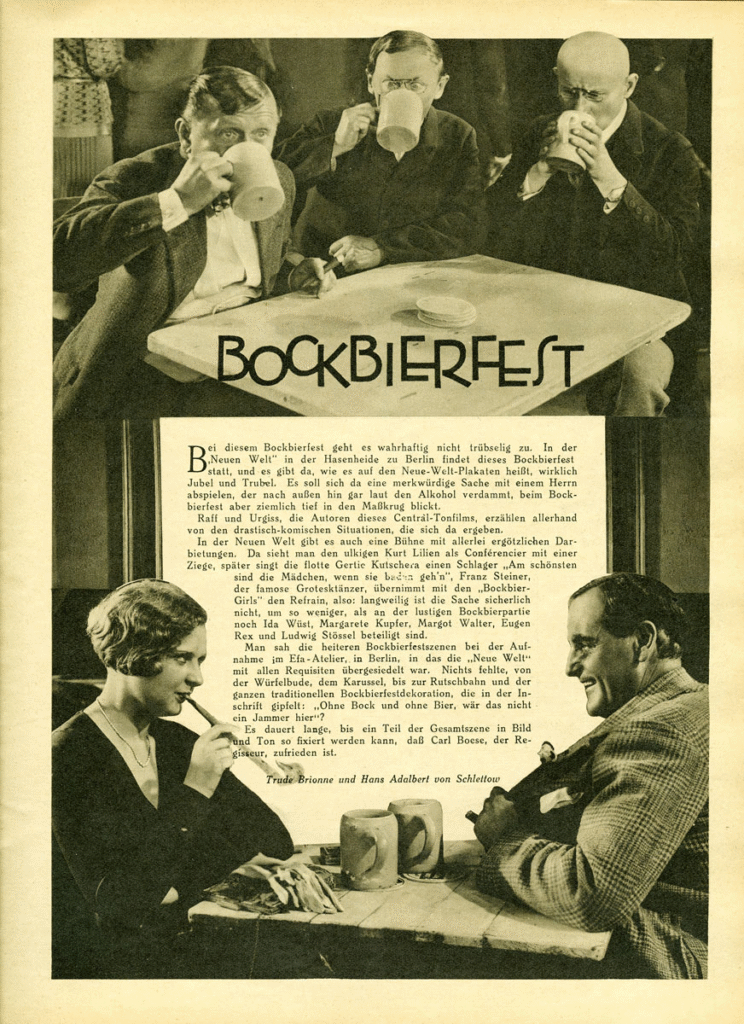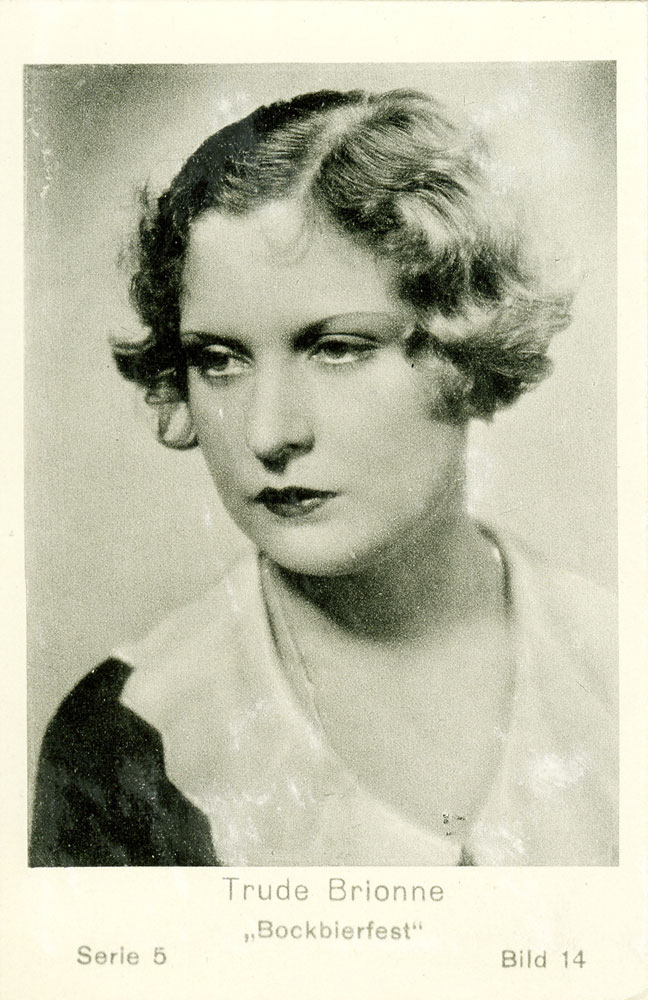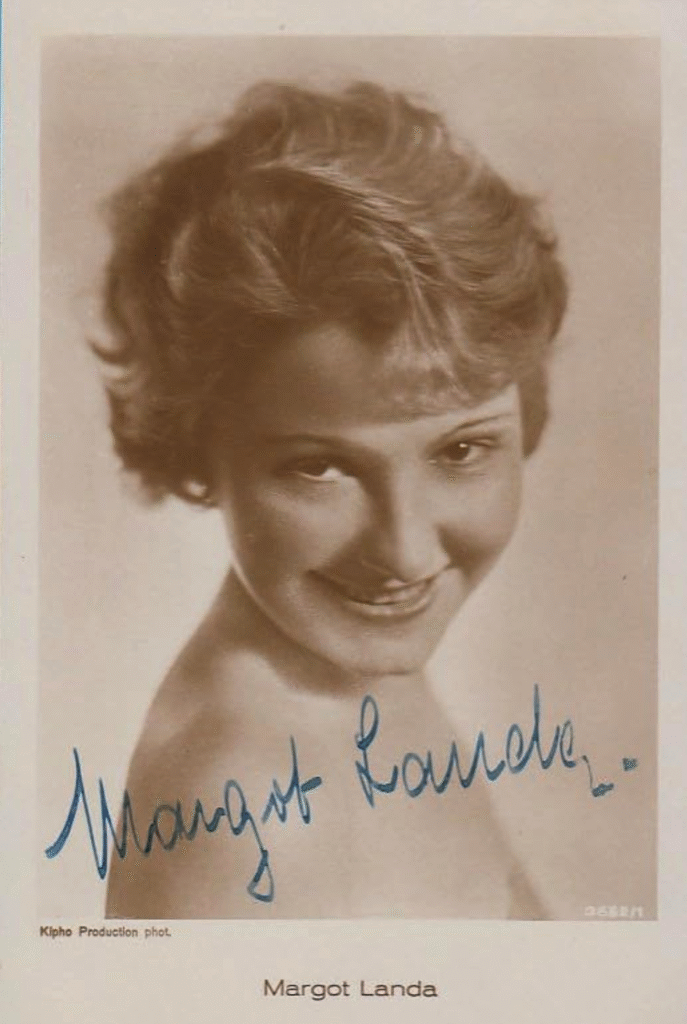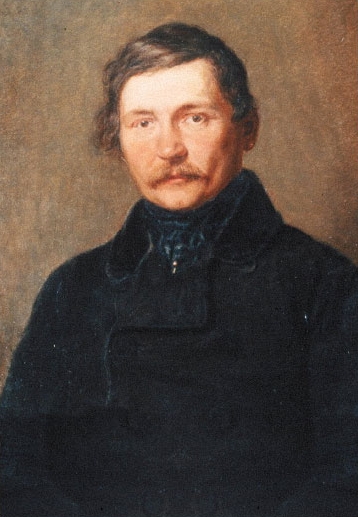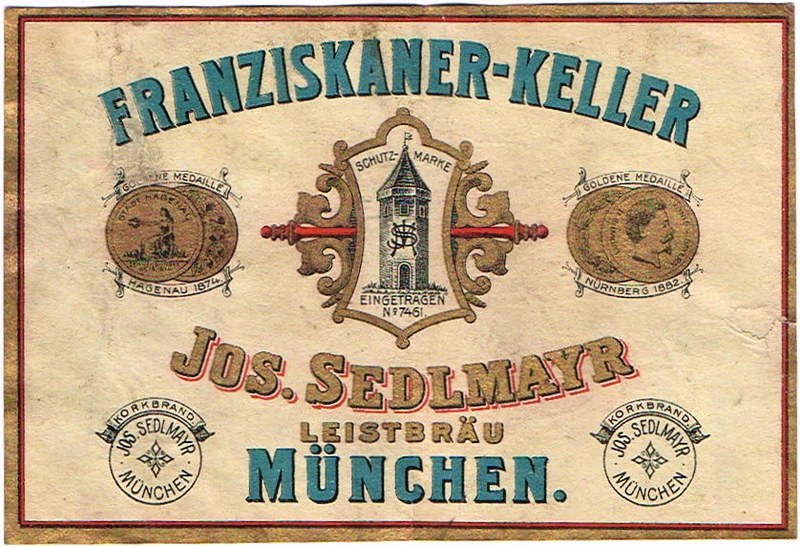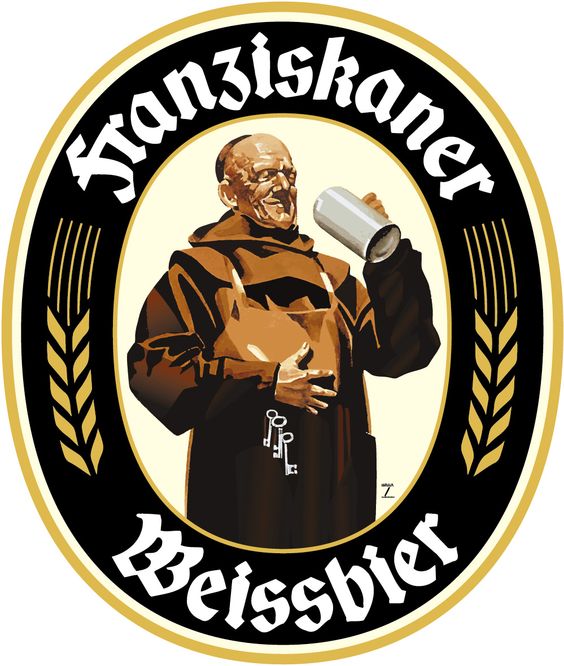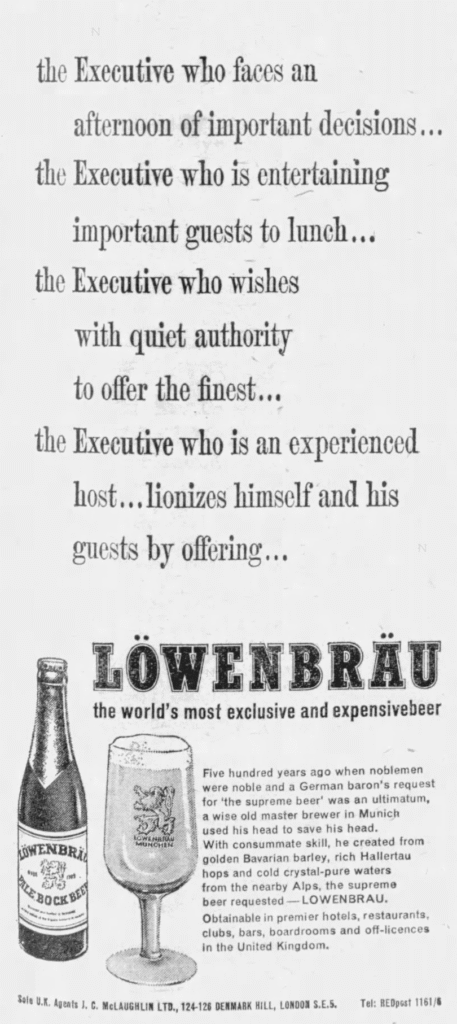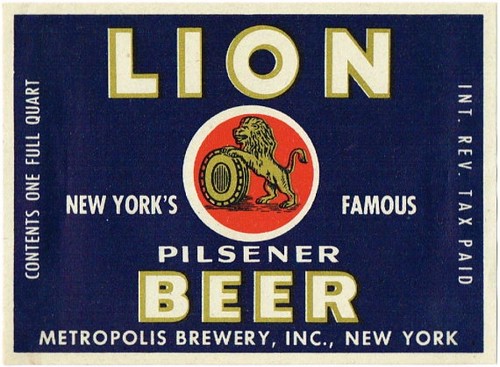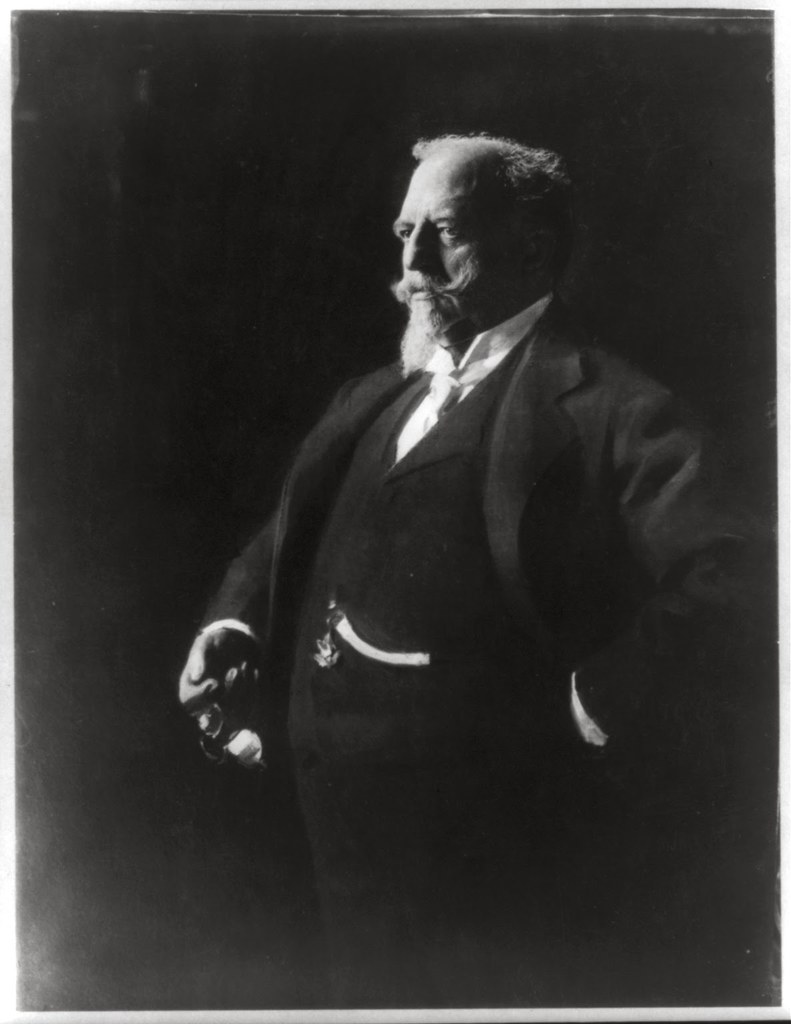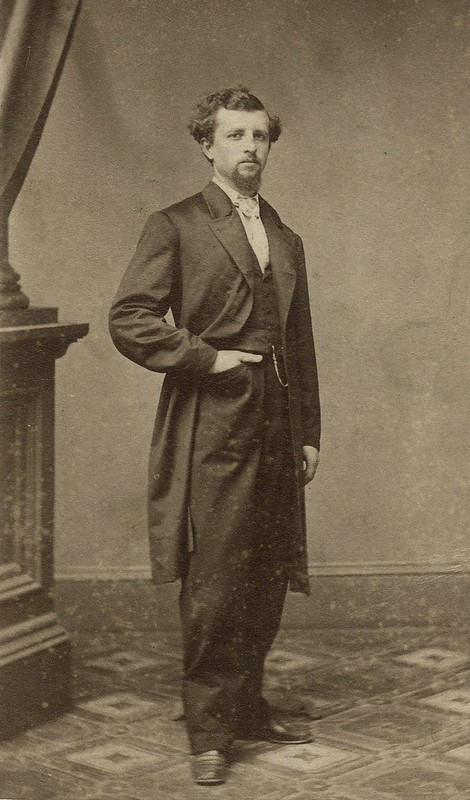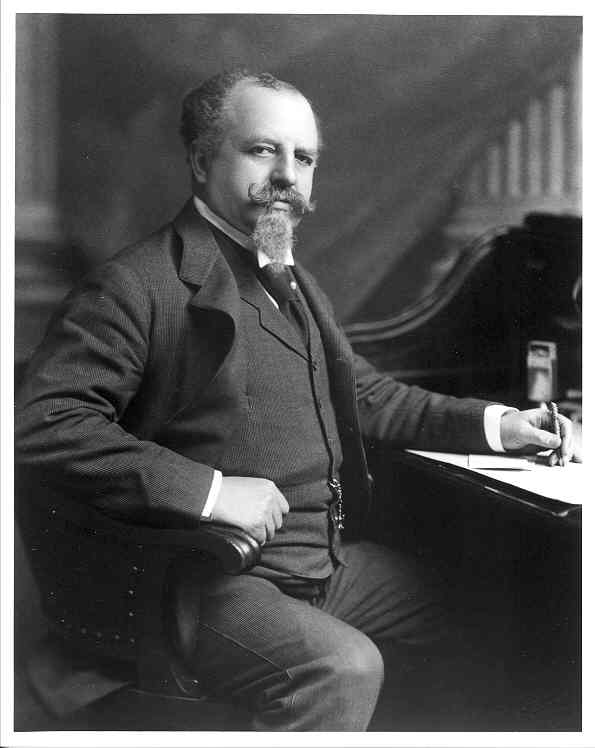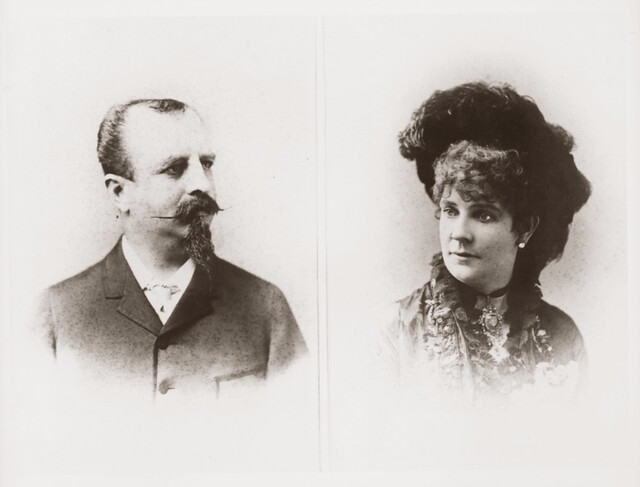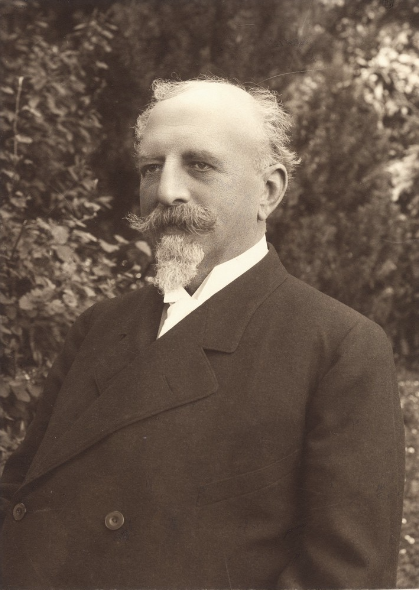![]()
Today is the birthday of Julius Deglow (August 1823-August 4, 1885). He was born in Germany sometime in August, though the exact date is unknown, but since we know he died on August 4, that’s as good a date as any. He moved to Covington, Kentucky as a young man. In 1866, he founded what would become the Bavarian Brewing Co. Although ownership would pass to others, the brewery remained in business in some form until 1966.
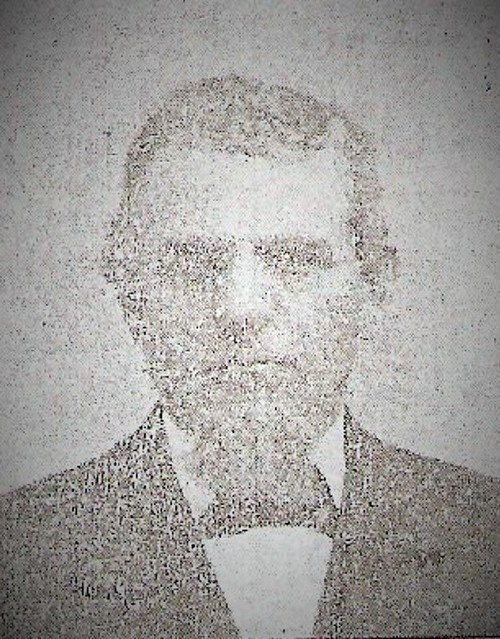
This obituary of Deglow is from the Kentucky State Journal in Newport:
The many friends of Mr. Julius H. Deglow, the prominent tanner of Covington, will regret to learn of his rather sudden death Tuesday at about 1:30 o’clock. The deaths of Mr. Deglow and his wife are of a peculiarly sad nature. About three months ago they went to Germany to be cured of an illness, but not meeting with success, Mrs. Deglow came home to spend her last days. In a few days after her arrival she died. A telegram was sent Mr. Deglow in Germany, but he never received it, and he knew nothing of his wife’s death until he arrived in Cincinnati on Monday night. This sad news so affected him that he, too, died at his country residence on the Lexington pike about an hour after his arrival and taking his bed.
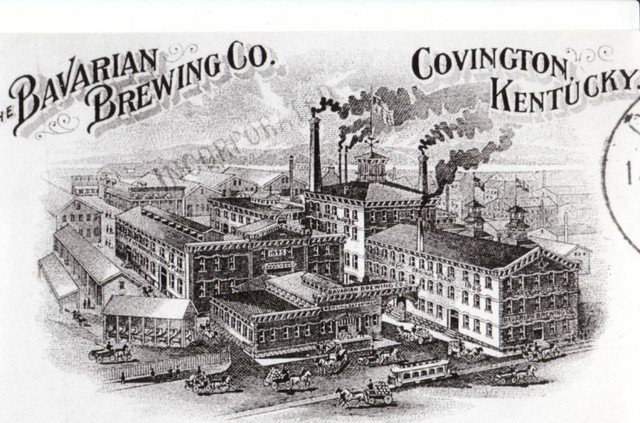
The Wikipedia page for the Bavarian Brewing Co. mentions Deglow, of course, since he founded the brewery, though how long he remained as an owner is unclear.
After the brewery was established as DeGlow & Co., new ownership interests within just a couple of years resulted in several change to its name beginning in 1868, including DeGlow, Best & Renner. However, in 1873, it was established as the Bavarian Brewery Co. Over the next several years the brewery operated under this name, but ownership interests varied. John Meyer obtained controlling interest and the brewery operated under his name for a short time, starting in 1879. Then in 1882, a German immigrant named William Riedlin, who established a saloon and beer hall called Tivoli Hall in the Over The Rhine area of Cincinnati, entered into partnership with John Meyer. It operated as the Meyer-Riedlin Brewery before Riedlin purchased controlling interest in the brewery from Meyer, incorporated the business under its former name and became president in 1889.
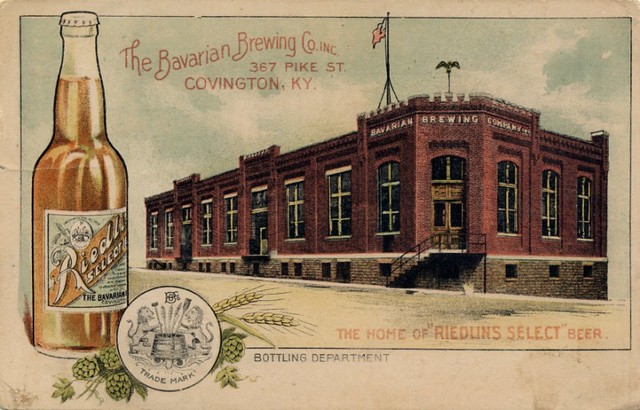
The Kenton County Public Library also has a history of the Bavarian Brewery, and again Deglow figured only very briefly in the first paragraph.
Bavarian Brewery can be traced back to the year 1866 when Julius Deglow and Charles L. Best began operating a small brewery on Pike Street in Lewisburg. In 1869, the brewery officially became known as Bavarian. William Riedlin and John Meyer were the next owners of the brewery. They purchased Bavarian in 1882. Seven years later, Riedlin became the sole owner. Anton Ruh was hired as the brew master.
